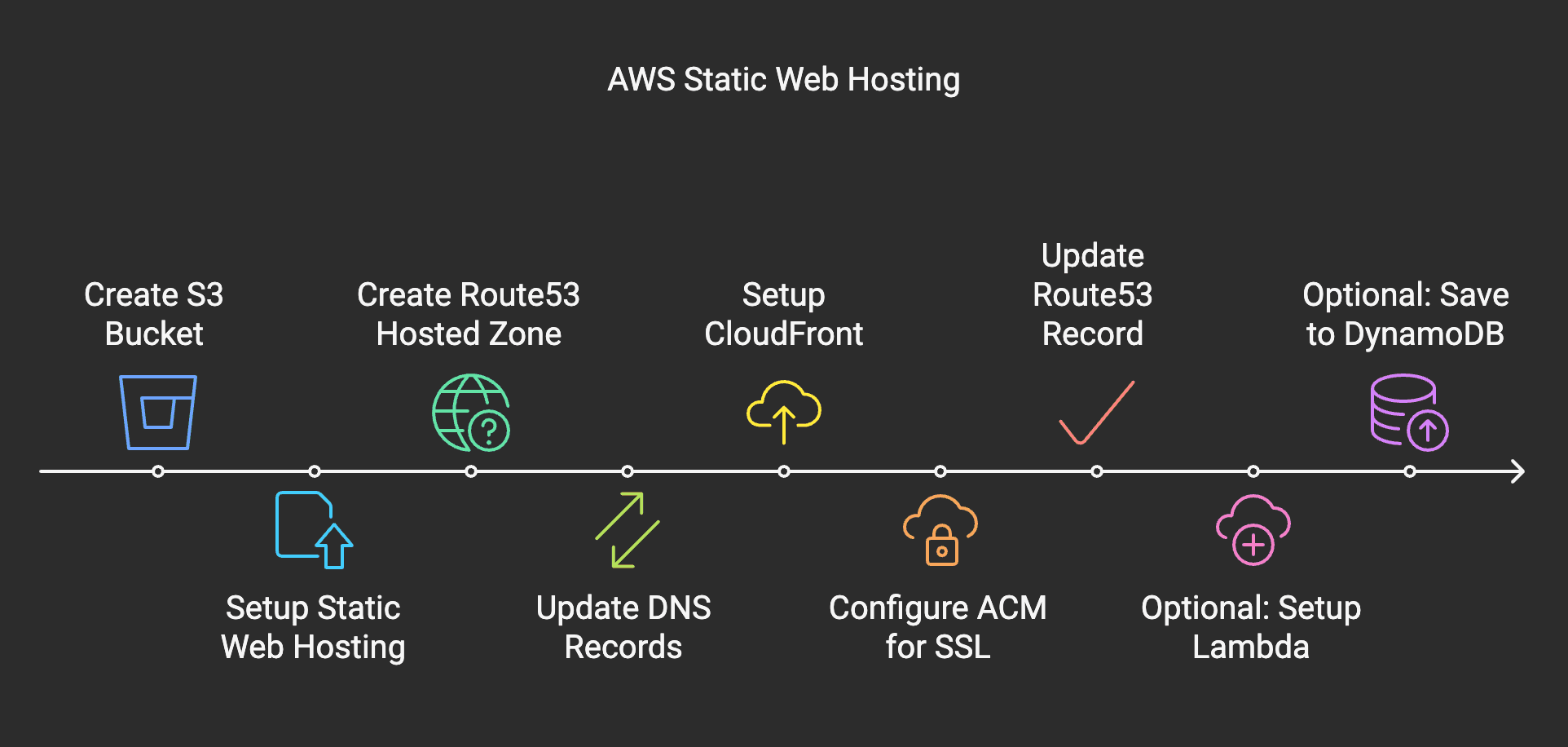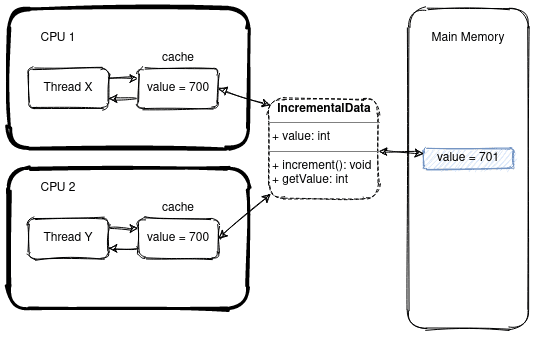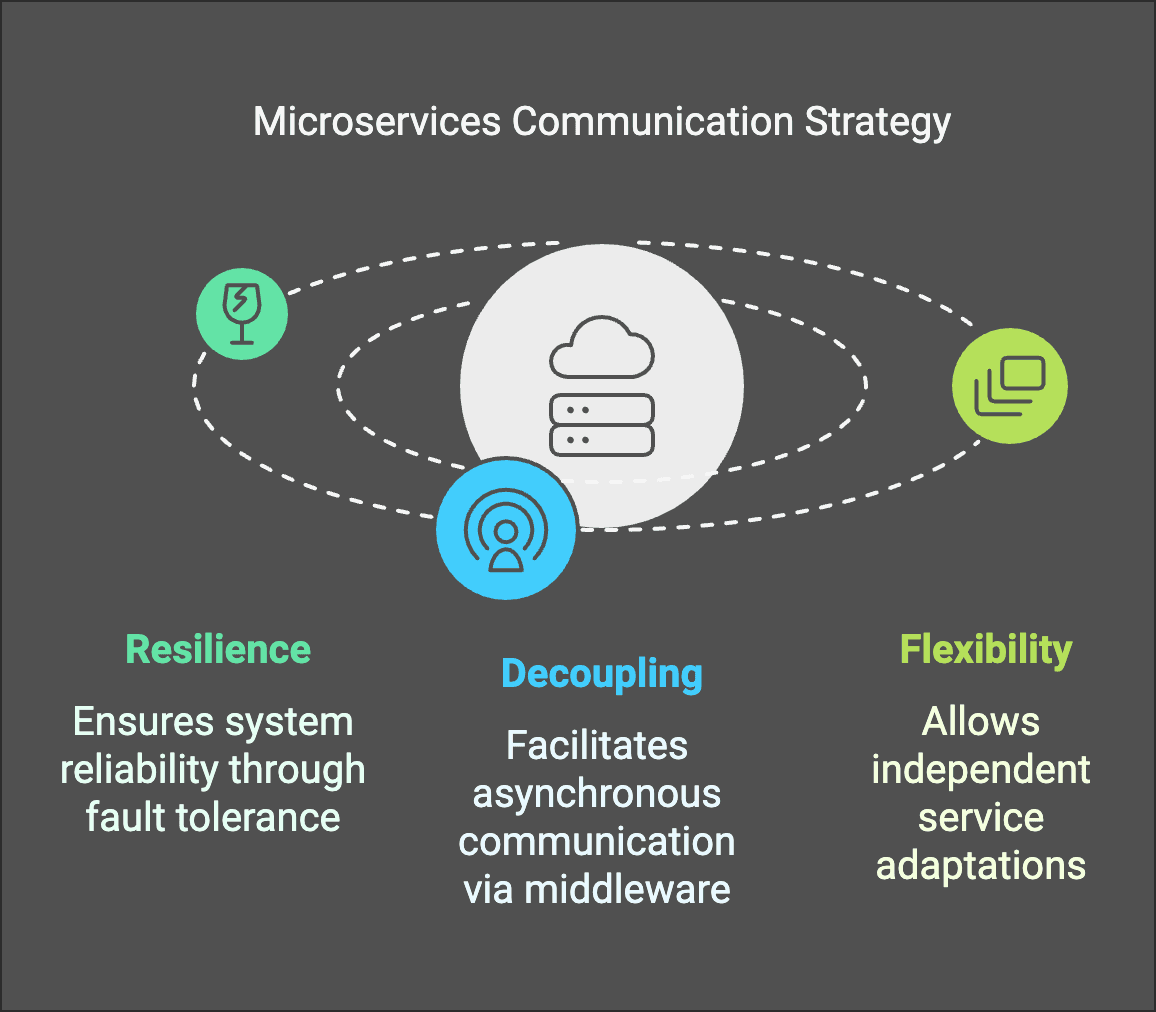Welcome to My Blog
All Developer Resources in One Place
Featured Posts

AWS Static Website Hosting with S3, Route53, and CloudFront
A comprehensive guide to hosting a static website on AWS using S3, Route53, and CloudFront, covering step-by-step configuration and best practices for secure and performant web hosting.
Java Concurrency: Thread Creation and Basic Concepts
A comprehensive guide to understanding thread creation, lifecycle, and fundamental concurrency concepts in Java. Learn how to create, manage, and control threads effectively.
Latest Blog Posts
Technical insights and practical coding knowledge
Java Concurrency: Data, Resource Sharing and Thread Pools
Explore advanced Java concurrency techniques, including resource sharing, synchronization mechanisms, thread pools, and complex concurrent programming patterns.

A Comprehensive Guide To JavaScript
A deep dive into JavaScript's history, core concepts, and modern development practices for web developers.

Understanding Mockito and PowerMockito
A comprehensive guide to testing in Spring using Mockito and PowerMockito, exploring mocking techniques and advanced testing strategies.

Simple Web Server And REST API Using NodeJS And Express
A comprehensive guide to creating a web server and REST API using NodeJS and Express, exploring the fundamentals of server-side JavaScript.

A Quick Guide To All New Features On Java-8
Comprehensive exploration of Java 8 features, including Lambda expressions, Streams, Optional, Date and Time API, and other significant enhancements.

A Guide To Java Stream API
Comprehensive exploration of Java Stream API, covering stream creation, operations, and advanced processing techniques for efficient data manipulation.
